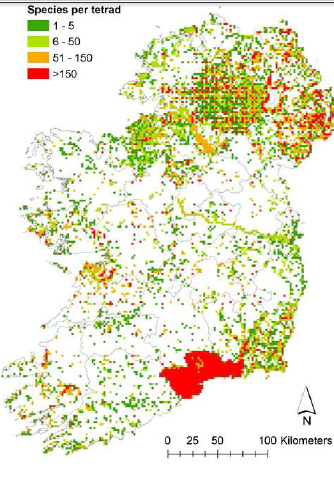1. Research Integrity Safeguards the Foundations of Science and Scholarship
2. Research Integrity Maintains Public Confidence in Researchers and Research Evidence
3. Research Integrity Underpins Continued Public Investment in Research
4. Research Integrity Protects the Reputation and Careers of Researchers
5. Research Integrity Prevents Adverse Impact on Patients and the Public
6. Research Integrity Promotes Economic Advancement
7. Research Integrity Prevents Avoidable Waste of Resources
Science Europe. 2015. Seven reasons to care about integrity in research. Science Europe Working Group on Research Integrity – Task Group ‘Knowledge Growth’




